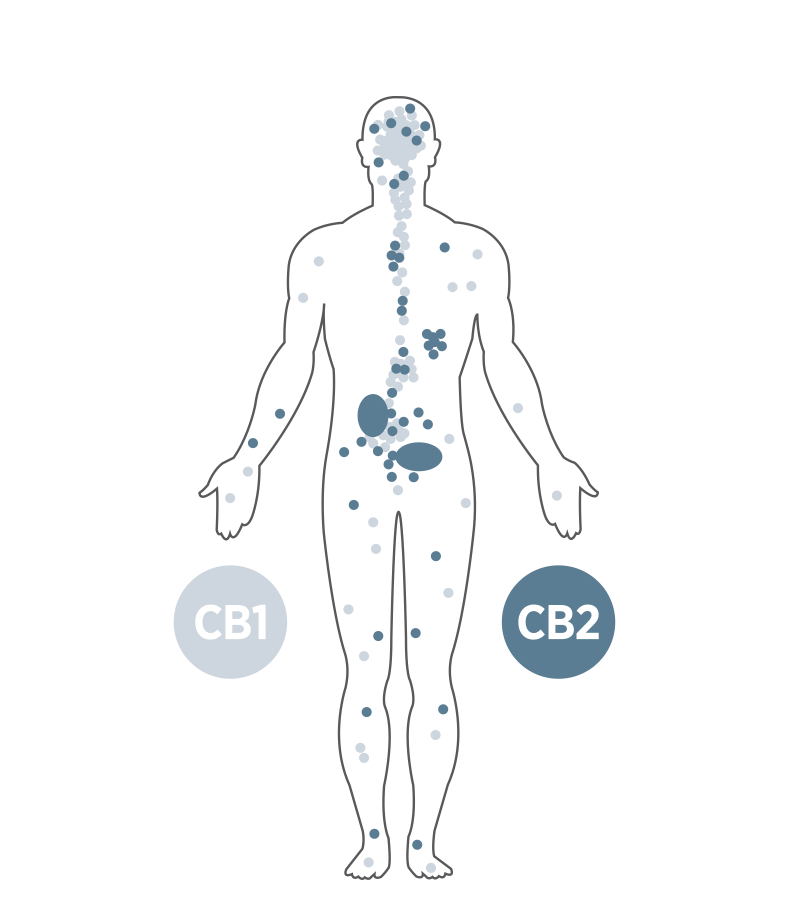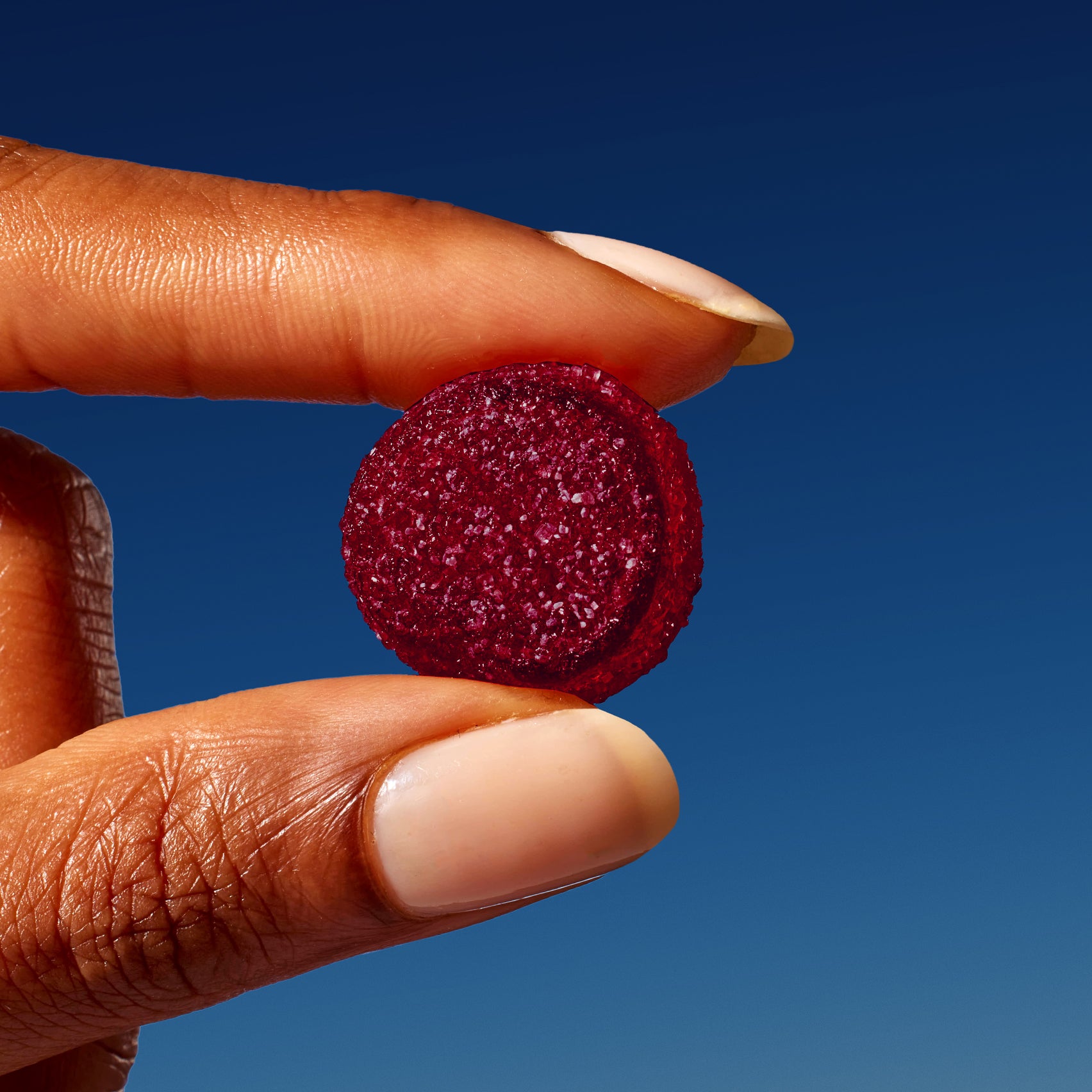You are likely aware of the 11 major organ systems in the human body: circulatory, respiratory, urinary, reproductive, integumentary, skeletal, muscular, nervous, endocrine, lymphatic and digestive systems. Combined, these systems do everything from circulating blood and filtering oxygen, to allowing you to lift weights and run on the treadmill.
However, there is also the endocannabinoid system (ECS). While it is less well-known than the other major organ systems in the body, the ECS is being studied for its role in maintaining balance in the human body.
DISCOVERY
The ECS was first discovered in the 1990s by Dr. L.A. Matsuda. Dr. Matsuda was the first to describe the structure and functional expression of the cannabinoid receptor, CB-1. At the time, scientists were trying to understand how THC—the primary psychoactive substance in marijuana—affected the body. What they discovered was a remarkably complex network of cannabinoid receptors (CBr) expressed in cells of both the central and peripheral nervous system.
Since then, other cannabinoid receptors have been identified as well, including cannabinoid receptor type 2 (CB-2). CB-2 is found primarily in the immune system, digestive system and many of the body’s major organs.
The discovery of CB-1 and CB-2 changed everything. It prompted a hunt for the body’s own cannabinoid-like chemicals that naturally interact with these receptors. Over time, doctors, researchers and scientists have unveiled the endocannabinoid system as a whole. The ECS has three parts: endocannabinoids (cannabis-like substances that naturally occur inside the body), receptors in the nervous system and around your body (that endocannabinoids and cannabinoids bond with) and enzymes (that help break down endocannabinoids and cannabinoids).
HOMEOSTASIS
While the size and scope of the endocannabinoid system is still being discovered, the ECS is being studied for its possible role in homeostasis. The body naturally wants to keep its internal environment stable, regardless of the circumstances in the outside world. In order for homeostasis to occur, the body activates ECS to help correct it.
For example, when you’re feeling exhausted and can’t keep your eyes open, that’s your ECS reminding you it’s time for sleep. When your body is perspiring at the gym, that’s your ECS helping you cool down. In other words, when your temperature is too hot or too cold, your heart is beating too fast or your hormones are unbalanced, your ECS steps in.
THE ECS AND CANNABINOID RECEPTORS
When something is operating out of range in the body, the ECS uses cannabinoid receptors found in select tissues to initiate homeostasis. As mentioned earlier, humans have at least two types of cannabinoid receptors: CB-1 and CB-2. CB-1 is in the central nervous system (brain and nerves of the spinal cord), and CB-2 is in the peripheral nervous system (nerves in your extremities), as well as the digestive system and specialized cells in the immune system.
Through these receptors, the ECS is thought to be involved in regulating a variety of functions, such as appetite, digestion, immune function, mood, sleep, reproduction, and memory. Ongoing research explores how cannabinoids may influence the ECS.
CBD OIL AND THE ECS
Because cannabis products can stimulate activity within the ECS, they’re often used by individuals as part of their general wellness routines. In essence, while the ECS responds to the endocannabinoids produced in the body, it also responds to external cannabinoids, like CBD. Introducing CBD to the body is thought to interact with the ECS, although individual experiences vary and doses are personal.
References:
- https://www.verywellhealth.com/organ-system-1298691
- https://www.ncbi.nlm.nih.gov/pmc/articles/PMC2241751/
- https://www.verywellhealth.com/what-is-the-endocannabinoid-system-4171855
- https://terpenesandtesting.com/category/science/endocannabinoid-system-homeostasis/
- https://www.verywellhealth.com/cbd-oil-for-pain-4177627


















